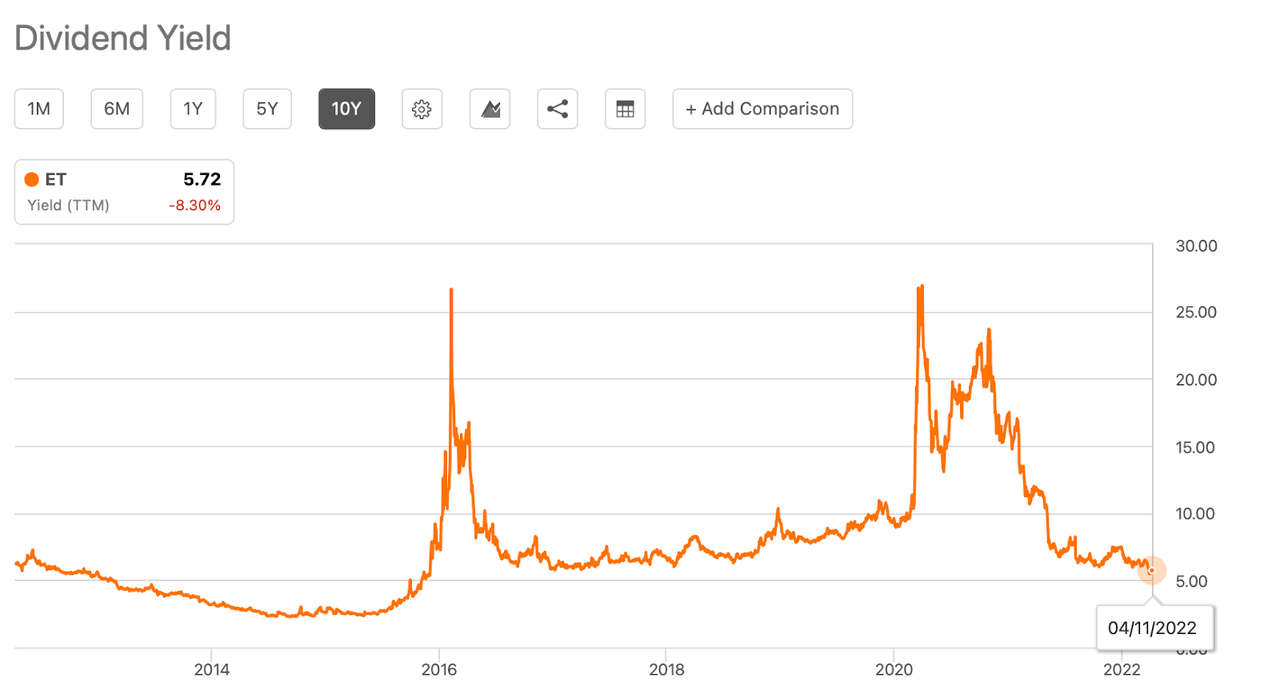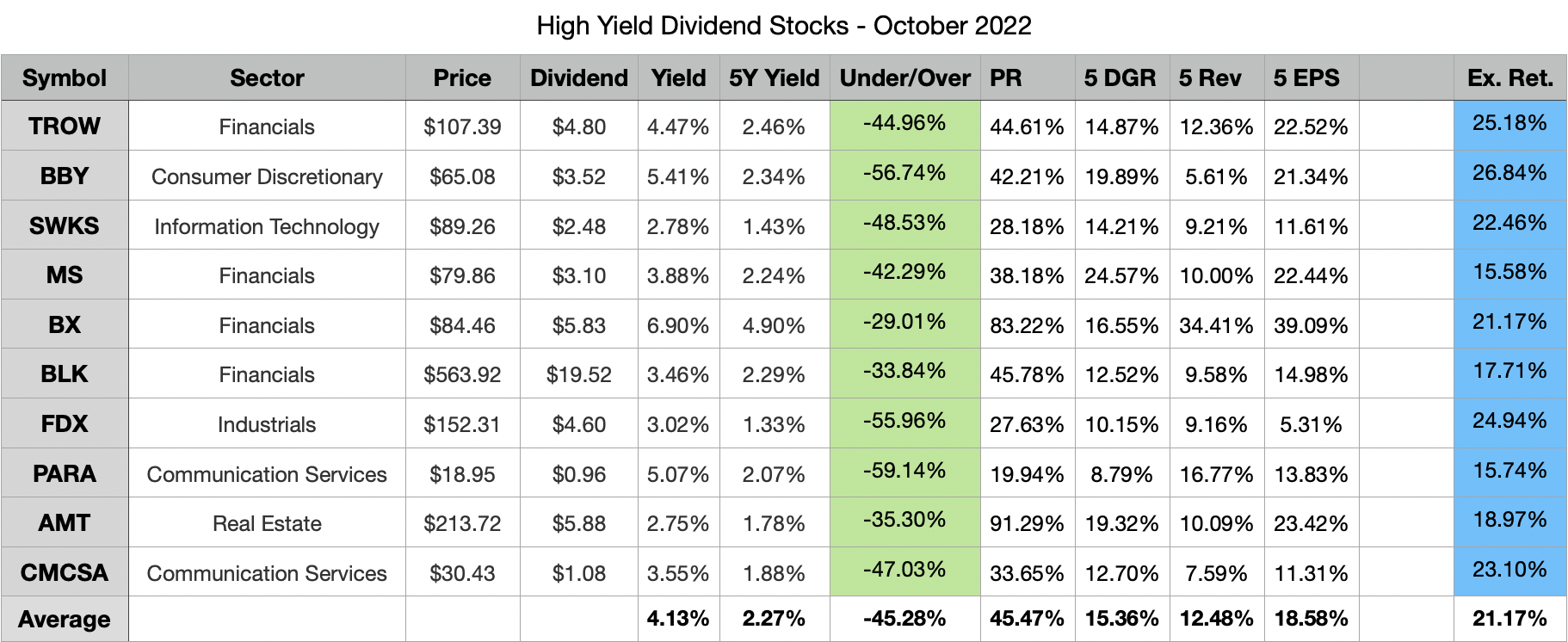
Among the many aspects of Forex trading, technical analysis is one of the most important. Technical analysis is used to forecast future price movements using past data. To become a successful Forex trader you must understand the basics of technical analysis.
Technical analysis involves a variety techniques to estimate an investment's price, determine the best trading price and determine how long to keep a position. These strategies can work in any market. However, the strategy's effectiveness will depend on the currency and the market in which it is traded.
The primary goal of technical analysis is to identify price levels and target price levels that are most suitable for your trading strategies. There are a number of tools that can be used to do this, including trend indicators and Fibonacci retracement lines. Fibonacci's retracement serves two main purposes: to identify support levels and levels of resistance. Fibonacci Retracements vary from 23.6 percent up to 50 percent.

The best-performing technical analysis methods produced annual returns of 9.5%. However, there are a number of things to consider before applying any of the tested strategies. Successful strategies should be backed up by years of trading experience. They should also be checked against historical data. You should also consider other factors, such as leverage or swaps, that may impact the success and viability of your technical strategy.
It is important to remember that although there are many indicators of technical quality, there is not one best. It might surprise you to find out that certain indicators work better in some markets than others. For example, while a moving average crossover strategy may have a high win rate, it may not be as effective as it could be.
The volatility of the market is another important aspect to be aware of. Volatility could cause your strategy to fail and impact your profits. This is especially true if you are trading against a trend. The drawdown can be self-fulfilling.
To find reliable trades, technical analysis is the best strategy. Technical indicators allow you to spend less time looking for other investment opportunities. The best strategies use several indicators, such as the moving average and trend indicators. An 80 percent win rate can be achieved by combining trend indicators with moving averages.

Technical analysis can be used in a number of ways. Learn the techniques and then apply them every day. This will increase your chances of success. You won't be called a "patsy". This is because you don't need information about why the price is increasing or when it will drop.
It is difficult to decide which technical indicator is best. Trader's preferred technical indicators may be included in a standard strategy. Others might prefer another. However, it is best to choose one that stands out from the crowd.
FAQ
What is the role of the Securities and Exchange Commission?
Securities exchanges, broker-dealers and investment companies are all regulated by the SEC. It enforces federal securities laws.
What is the difference in a broker and financial advisor?
Brokers are individuals who help people and businesses to buy and sell securities and other forms. They manage all paperwork.
Financial advisors are specialists in personal finance. They use their expertise to help clients plan for retirement, prepare for emergencies, and achieve financial goals.
Banks, insurers and other institutions can employ financial advisors. They may also work as independent professionals for a fee.
Consider taking courses in marketing, accounting, or finance to begin a career as a financial advisor. Also, you'll need to learn about different types of investments.
What is a mutual fund?
Mutual funds are pools that hold money and invest in securities. Mutual funds offer diversification and allow for all types investments to be represented. This reduces risk.
Managers who oversee mutual funds' investment decisions are professionals. Some mutual funds allow investors to manage their portfolios.
Mutual funds are preferable to individual stocks for their simplicity and lower risk.
What is the difference in the stock and securities markets?
The securities market is the whole group of companies that are listed on any exchange for trading shares. This includes stocks and bonds, options and futures contracts as well as other financial instruments. Stock markets are typically divided into primary and secondary categories. Stock markets that are primary include large exchanges like the NYSE and NASDAQ. Secondary stock market are smaller exchanges that allow private investors to trade. These include OTC Bulletin Board (Over-the-Counter), Pink Sheets, and Nasdaq SmallCap Market.
Stock markets are important because they provide a place where people can buy and sell shares of businesses. The price at which shares are traded determines their value. When a company goes public, it issues new shares to the general public. These newly issued shares give investors dividends. Dividends are payments made by a corporation to shareholders.
In addition to providing a place for buyers and sellers, stock markets also serve as a tool for corporate governance. Boards of directors, elected by shareholders, oversee the management. The boards ensure that managers are following ethical business practices. If a board fails in this function, the government might step in to replace the board.
How can people lose money in the stock market?
Stock market is not a place to make money buying high and selling low. You can lose money buying high and selling low.
The stock market is an arena for people who are willing to take on risks. They are willing to sell stocks when they believe they are too expensive and buy stocks at a price they don't think is fair.
They are hoping to benefit from the market's downs and ups. They could lose their entire investment if they fail to be vigilant.
Statistics
- Ratchet down that 10% if you don't yet have a healthy emergency fund and 10% to 15% of your income funneled into a retirement savings account. (nerdwallet.com)
- US resident who opens a new IBKR Pro individual or joint account receives a 0.25% rate reduction on margin loans. (nerdwallet.com)
- Even if you find talent for trading stocks, allocating more than 10% of your portfolio to an individual stock can expose your savings to too much volatility. (nerdwallet.com)
- Individuals with very limited financial experience are either terrified by horror stories of average investors losing 50% of their portfolio value or are beguiled by "hot tips" that bear the promise of huge rewards but seldom pay off. (investopedia.com)
External Links
How To
How to trade in the Stock Market
Stock trading is a process of buying and selling stocks, bonds, commodities, currencies, derivatives, etc. Trading is French for traiteur. This means that one buys and sellers. Traders trade securities to make money. They do this by buying and selling them. It is one of the oldest forms of financial investment.
There are many ways you can invest in the stock exchange. There are three types of investing: active (passive), and hybrid (active). Passive investors only watch their investments grow. Actively traded investors seek out winning companies and make money from them. Hybrid investors combine both of these approaches.
Passive investing can be done by index funds that track large indices like S&P 500 and Dow Jones Industrial Average. This method is popular as it offers diversification and minimizes risk. All you have to do is relax and let your investments take care of themselves.
Active investing is the act of picking companies to invest in and then analyzing their performance. Active investors will analyze things like earnings growth rates, return on equity and debt ratios. They also consider cash flow, book, dividend payouts, management teams, share price history, as well as the potential for future growth. They decide whether or not they want to invest in shares of the company. They will purchase shares if they believe the company is undervalued and wait for the price to rise. On the other side, if the company is valued too high, they will wait until it drops before buying shares.
Hybrid investing combines some aspects of both passive and active investing. A fund may track many stocks. However, you may also choose to invest in several companies. This would mean that you would split your portfolio between a passively managed and active fund.